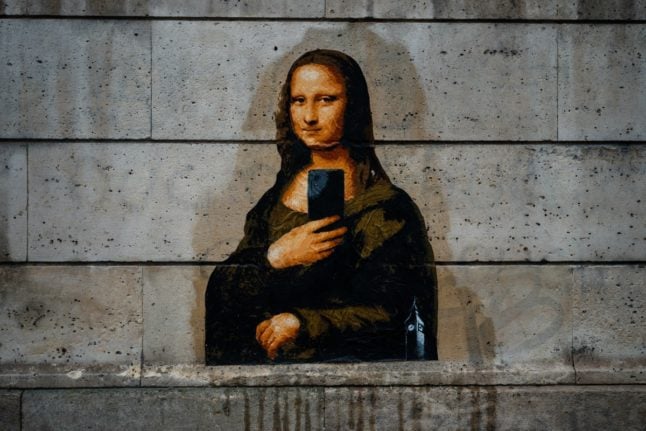Edith is “in the final phase of development”, sources close to Warner Music France said, but no release date has been scheduled.
The unveiling of the “innovative and revolutionary technological project using AI to re-create her voice and image”, the statement said, comes 60 years after Piaf’s death.
It also follows the success of the Beatles’ latest release Now And Then which, with a little help from AI, last week soared to the band’s first UK number one single in 54 years.
Artificial intelligence helped isolate the late John Lennon’s vocals from a tape he recorded in 1978, two years before he was murdered.
The two surviving Beatles, Paul McCartney, 81, and Ringo Starr, 83, finished Now And Then last year, including the late George Harrison’s guitar parts recorded in 1995.
For the singer of French classics La vie en Rose and Non, je ne regrette rien, AI will be fed hundreds of voice and image clips, some more than 80 years old, to re-create her unique style and “further enhance the authenticity
and emotional impact of her story”.
Original recordings will be used for her greatest hits, Warner said.
The 90-minute film will move between Paris and New York from 1920 to 1960 and be narrated by the singer’s voice, including hitherto unknown “aspects of her life”.




 Please whitelist us to continue reading.
Please whitelist us to continue reading.
Member comments